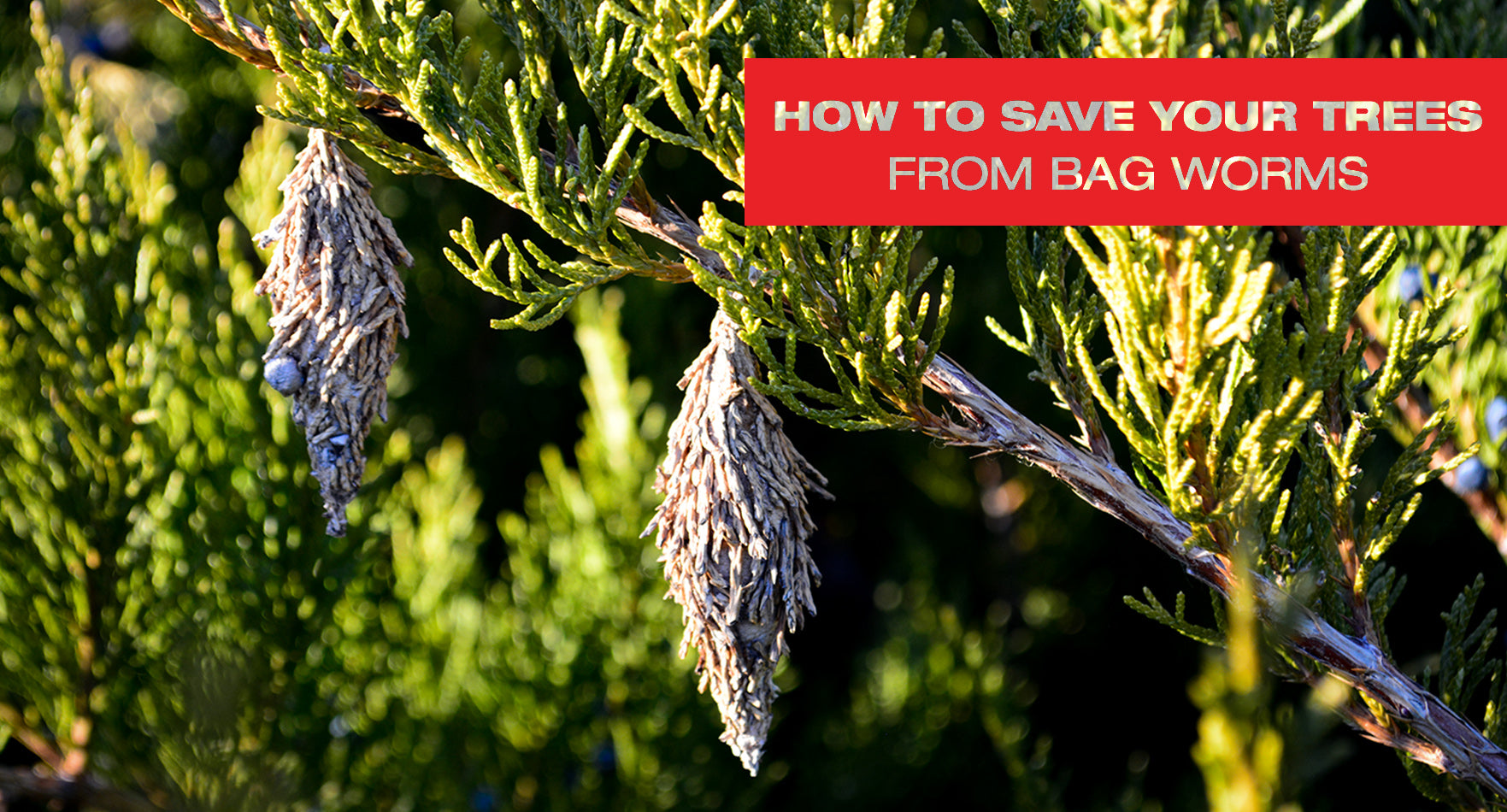What are Bag Worms?
Bagworms are a hybrid insect with both a moths and insect characteristics, a part of the Lepidoptera family. There are about 1350 species of bagworms found in the world, which is considered a fairly small number. Their scientific name is Thyridopteryx ephemeraeformis, but the commonly used names are Evergreen bagworms, common bagworms, common basket worms, etc.
What do they look like?
Adult bagworm moths are about an inch in length. Males possess wings, while the females are devoid of wings or legs. When the larvae reach their last stage, they takes on a gray hue.
The evergreen bagworms grows within a case around 2 inches in length and and tapered and open on both ends. As the bagworm goes through its larva stage, the case grows bigger.
What is their diet?
As female bagworms aren’t capable of flying, they feed on trees, infesting them as they move from one tree to another with the help of the wind. They mainly focus on the leaves or the pine needle. Pine, spruce, and cedar are among the many trees they love.
What is their lifecycle?
Bagworms go through 4 stages in their lifecycle. At first, the femalecan lay about 1000 eggs which grow throughout the winter. After a certain period, the female dies. Spring begins with the hatching of the eggs. The larva come out and makes a cocoon or case for itself using tree foliage.
As the larva grows, it will make the case bigger, and when it needs to move or eat, it will only show its head and legs. As for female larvae, they don’t bother leaving the case until they are adults.
Following the larvae stage is the pupae stage, where they remain inside their cocoon. It takes about a month for the bagworm to become an adult and then, the male flies and goes into the female case for mating.
Where are they found?
Bagworms usually make their homes in places such as the limbs, foliage, or the trunks of a tree.
Signs of an infestation?
Now, the biggest step in saving your trees from bagworms would involve looking out for signs of infestation. If you notice cases sticking to the branch of your trees, then it’s a cause of concern. These coccoons almost look like an ornaments hanging from Christmas trees with leaves and twigs incorporated in it. These tend to be one to two inches long.
You will have to actively look out for it on the branches because otherwise, they aren’t that noticeable unless there is a good number of them. And if the number of protective case is high, you can be certain the tree is already infested.
How to get rid of bagworms?
First, you need to inspect the plants thoroughly. That’s the hardest part as it can be easy to miss these small cases hanging from the branches. While you can check for bagworms at any time of the year, late fall and winter are usually the best time as that’s when the eggs hatch and the larvae start looking for food.
An insecticide with malathion, diazinon, or carbaryl can be used to treat your trees and plants. This is often sprayed with a backpack fogger to achieve the ultimate coverage around trunk, branches, and leaves of a tree.
Conclusion
Evergreen bagworms, common bagworms, common basket worms, and more can be annoying for farmers and homeowners alike. They can easily be removed with the help of pesticides with the proper fogger, depending where you want to get rid of them.
gets or produces?










